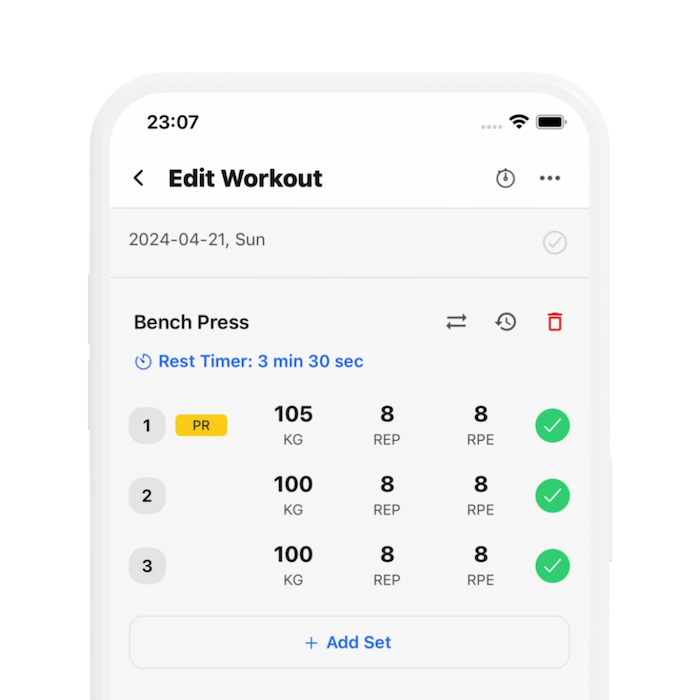30 Seconds SummaryGlucose Disposal Agents: A Thorough Review of the Evidence
- Glucose Disposal Agents (GDAs) claim to improve nutrient partitioning, directing more glucose into muscles rather than fat during calorie surplus, but evidence is largely inconclusive.
- Most common GDA ingredients, like berberine and cinnamon extract, are studied extensively in diabetics but not in non-diabetic, healthy individuals, often showing insignificant results for healthy adults.
- Berberine may decrease blood glucose effectively in diabetics by activating AMPK, but this can inhibit muscle protein synthesis, making it counterproductive for muscle growth.
- Cinnamon extract has shown potential benefits in diabetic patients in some studies by reducing fasting blood glucose, but effects are inconsistent and inconclusive in Cochrane Reviews.
- Chromium has shown no significant impact on glucose tolerance or weight loss in healthy individuals, though it might help diabetics slightly.
- Alpha-Lipoic Acid primarily studied in diabetic contexts; long-term human studies show no significant benefits in controlling blood glucose or diabetic complications.
- Banaba Leaf Extract lacks solid evidence of effectiveness in glucose management in healthy and trained individuals, with studies focusing mostly on diabetic patients.
- The main mechanism of many GDAs, AMPK activation, may actually inhibit muscle protein synthesis according to studies, posing a problem for those seeking muscle growth.
- Overall, while GDAs might provide some benefits for diabetics, healthy individuals likely won't see improvements in glucose management or muscle growth from these supplements.
Revive Stronger
Miguel Blacutt
